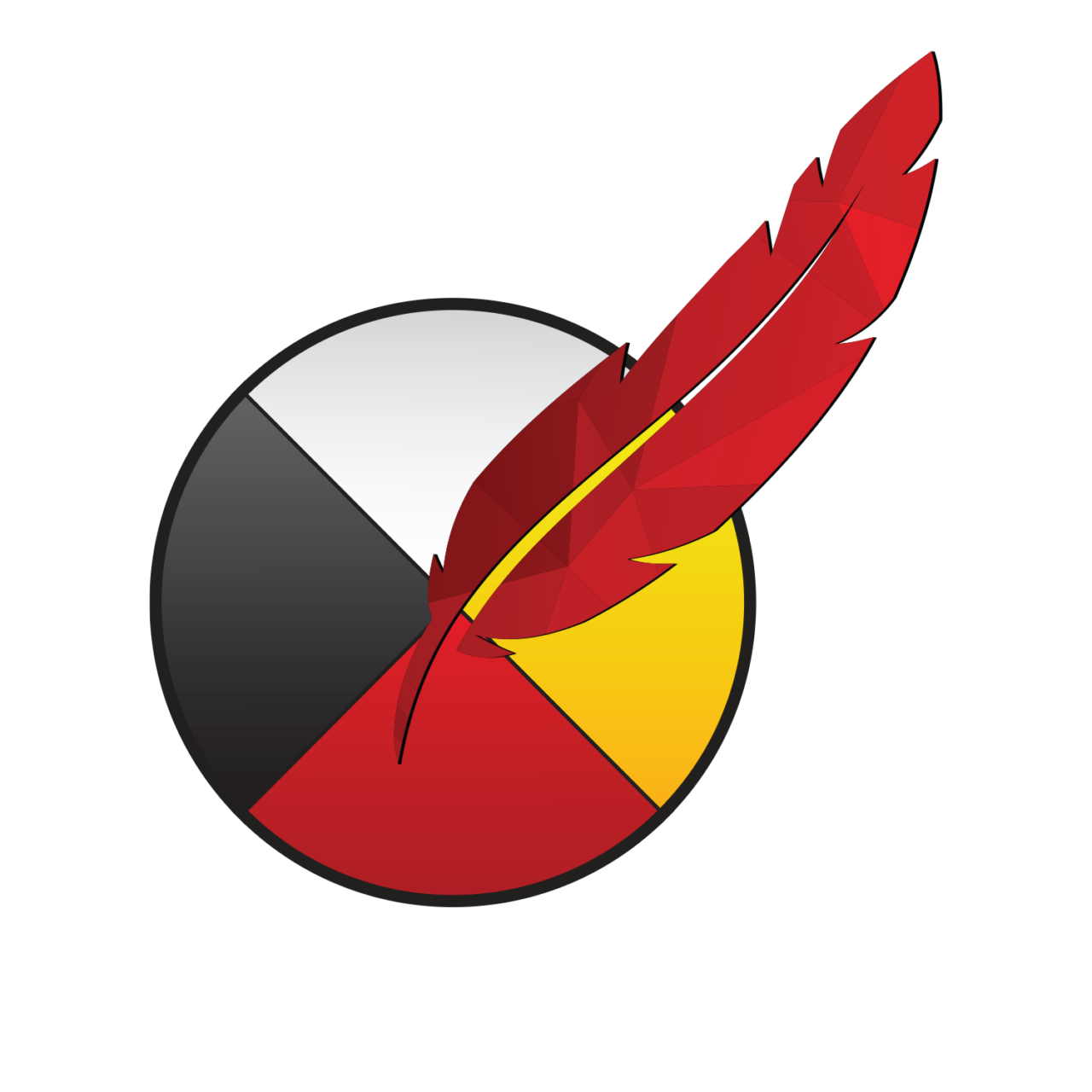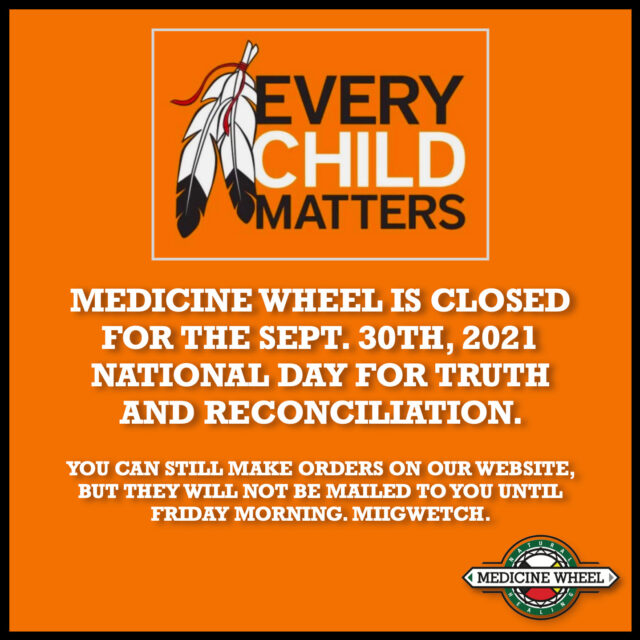One of the biggest issues facing the Indigenous cannabis industry is the question of regulation.
Even though cannabis is one of the safest plants – far less harmful to human health than mass produced corn, sugar cane, or wheat, for example – schools, churches, and the media have highly stigmatized the plant in the near 100 years that it has been illegal in Canada.
This stigmatization has created a context in which the Government of Corporations Canada is preparing to “legalize” cannabis according to some of the most stringent regulations ever applied to a plant. Of course, the most glaring omission in the Canadian cannabis regulation system is that it completely ignores the perspective and wishes of Indigenous peoples when it comes to the presence and use of cannabis on their lands.
In drafting Bill C-45, the Cannabis Act, Canada breached its constitutionally required “duty to consult” with Indigenous peoples on matters relating to them. Indeed, the Canadian government has actually over-reached into Indigenous peoples’ jurisdiction to regulate their own use of natural medicines such as cannabis.
The Federal Cannabis Act delegates the practical matter of regulating consumer access to cannabis to the Provinces and Territories. Under the Canadian system, Provinces don’t have jurisdiction on reserves, which are considered Federal Territory by Canada, and as sovereign, unceded land by the Indigenous peoples who call them home. This state of affairs, and the fact that Indigenous peoples are allies, not subjects of the Crown, is why taxes are not collected on reserves.
So, in the matter of cannabis regulation, what is to be done?
A sovereign people govern themselves and take responsibility for their actions. And as the Indigenous cannabis industry grows and matures we should expect to see increasing efforts at Indigenous self-governance and self-regulation. This is especially true because the alternative is for the Band Council system of the Canadian Government to claim jurisdiction and implement its own system of municipalization and taxation.
One clear example of Indigenous self-regulation is the Red Feather Certification process that has been launched by Medicine Wheel Natural Healing in Alderville First Nation.
The Red Feather certification guarantees that a given product has been made safely without the use of pesticides and herbicides, and that it has undergone a quality control process to be tested. The certification also indicates that the majority of the ingredients of a given product were sourced and manufactured Indigenously, and that a portion of the proceeds are returned to the community through a voluntary donation program.
The full text of the Red Feather certification framework reads as follows:
“Products bearing a Red Feather certification are made and sourced in a pure, sustainable, responsible, and beneficial way for Mother Earth and Indigenous peoples. In Native culture, the feather symbolizes Strength, Honor, Wisdom, Trust, and Freedom. Red Feather Certification honours these qualities in the following ways:
Strength: The majority of the ingredients are Indigenously sourced, and the end product is Indigenously made.
Honour: A portion of the proceeds are returned to the community and local Indigenous organizations.
Wisdom:The product has been thoroughly tested, and quality control has been exercised throughout the production process.
Trust: The source matter is organic, and no harmful pesticides, herbicides, or chemicals were used in its production.
Freedom: The Indigenous cannabis movement is a tremendous opportunity for independence and autonomy for Native people.
The Medicine Wheel encompasses all aspects of life and nature. The circle shows that all things are interconnected and related. Each quadrant represents core aspects and teachings of life, comprising all the different outlooks and perspectives that guide and shape the world where we live. In the middle is where all peoples, all teachings, and all ways of life meet in harmony and unity. By placing the Red Feather at the centre of the Medicine Wheel, we are identifying the importance of all of us working together for the betterment of everyone and for the preservation and enrichment of life and Earth.”
It is through efforts such as this that the Indigenous cannabis industry will stay true to its Indigenous identity and value system, and keep the people consuming its products safe and healthy.



